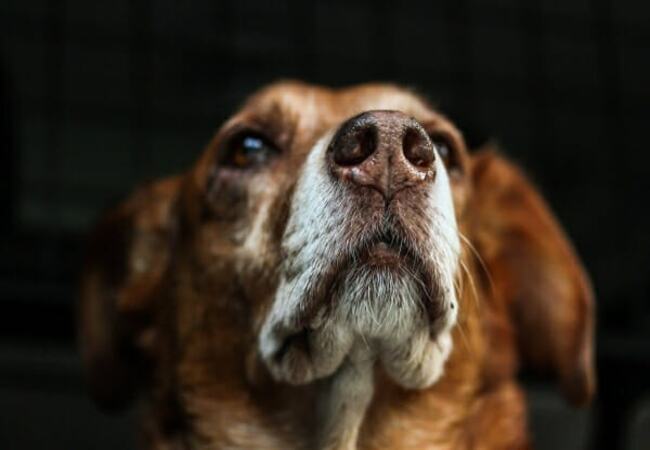2025 Vet Guide: Reverse Sneezing in Dogs—Understanding, Alleviating & When to Act 🐶👃

In this article
2025 Vet Guide: Reverse Sneezing in Dogs—Understanding, Alleviating & When to Act 🐶👃
By Dr. Duncan Houston BVSc
Reverse sneezing—also called *inspiratory paroxysmal respiration*—is a sudden inhalation fit that can look alarming but is usually benign. Let’s explore triggers, when to intervene, and how Ask A Vet, Woopf, and Purrz can support you. 💙
🔍 1. What Is Reverse Sneezing?
During an episode, a dog often stands still, extends its neck, and sucks air rapidly through its nose making a honking or snorting sound—a reflex to clear throat irritation. Episodes typically last under a minute.
💥 2. Common Triggers
- Irritants: Dust, pollen, smoke, nasal mites, foreign bodies.
- Excitement or activity: Exercise, rapid eating/drinking, leash pulling.
- Anatomical predispositions: Brachycephalic breeds, elongated soft palate.
- Allergies & infections: Seasonal allergies or URIs.
👌 3. When It’s Usually Benign
- Isolated episodes, dog returns to normal quickly, no other signs.
- Calming, massaging the throat, or giving a swallow or light blow in the face often halts the episode.
⚠️ 4. When to Seek Veterinary Care
Consult your vet if:
- Episodes become more frequent or prolonged.
- There are accompanying signs like nasal discharge, cough, wheezing, breathing difficulty, lethargy, or cyanosis.
- Suspected upper airway disease: collapsing trachea, tumors, laryngeal paralysis, or heart/lung conditions.
🩺 5. Veterinary Evaluation & Diagnostics
- Physical exam and history (video of episode is very helpful)
- Rule out similar conditions: tracheal collapse, infections, nasal masses, foreign matter.
- Baseline bloodwork, radiographs, nasal exam, rhinoscopy if persistent or abnormal.
🛠️ 6. Treatment & Management
- Benign cases: No medication needed—just home soothing techniques.
- Frequent episodes: Treat underlying allergies or mites—antihistamines, steroids if needed.
- Correct structural issues: Soft palate resection in brachycephalics, airway surgery for tracheal issues.
🏡 7. At‑Home Tips
- Minimize airborne irritants—vacuum, air filters, smoke‑free environment
- Use gentle harnesses to avoid neck pressure
- Soothe episodes: calm voice, gentle throat rub, offer water or gentle breeze.
📱 8. Tools to Support You & Your Pup
- Ask A Vet: Remote triage for sudden episodes, guidance on safety, and deciding when vet care is needed.
- Woopf: Log frequency, episode severity, possible triggers, and care steps.
- Purrz: Track episodes alongside environmental factors (weather, allergens) to support vet decisions.
📚 FAQ
Q: Can reverse sneezing harm my dog?
No—episodes are usually non-painful and self-limiting.
Q: Should I intervene during an episode?
If you’re calm and use soothing touches or coax a swallow, most episodes stop in under a minute.
Q: Are some breeds more prone?
Yes—brachycephalics and small breeds are more likely to reverse sneeze due to airway anatomy.
💬 Owner Insight
> “Our toy breed reverse sneezes during spring. With air filters and antihistamines, episodes are now rare and short.”
🏁 Final Thoughts from Dr Houston
Reverse sneezing can sound alarming, but is typically a harmless reflex. Calm reassurance and cervical massage are effective. However, if it becomes frequent or is paired with concerning signs, seek veterinary care. With Ask A Vet, Woopf, and Purrz, you can monitor and manage your dog’s respiratory health confidently through 2025 and beyond. 💙
Download the Ask A Vet app for fast guidance on respiratory symptoms, episode tracking, and expert care planning. 📱
AskAVet.com – Helping your pet breathe easy, every day.






